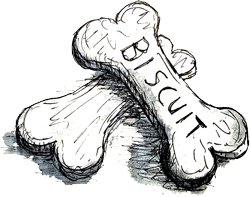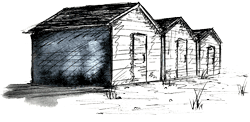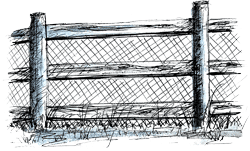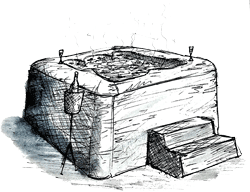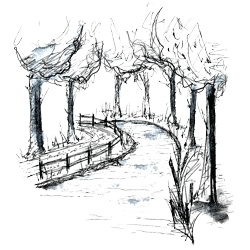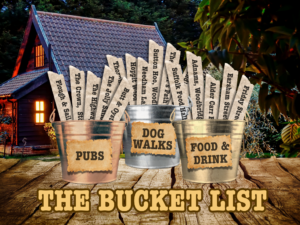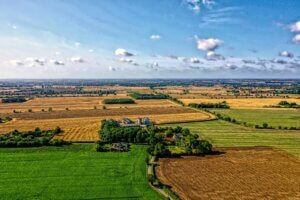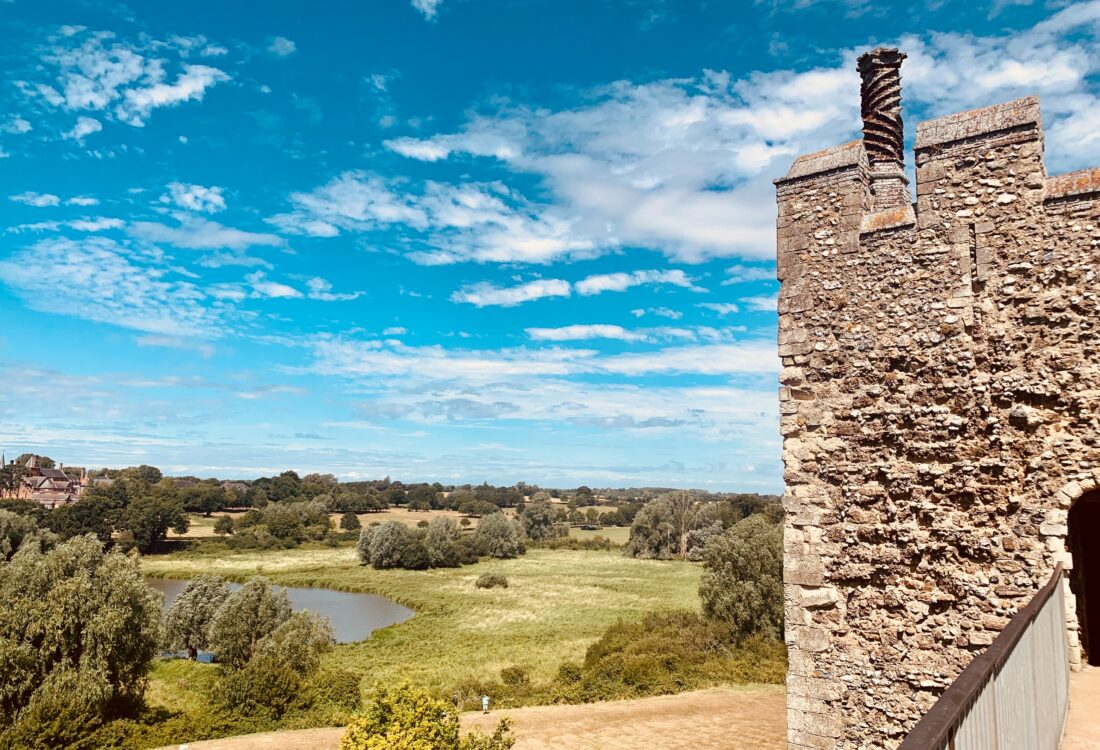
The Fascinating Story Behind The Suffolk Castle on the Hill
Owing to its historical significance in the Norman Conquest and medieval period, as well as its links to royalty, Suffolk is home to a variety of castles. Strategic in their geographic positioning and conferring authority on the forces which occupied them, Orford Castle built by King Henry II and the circular design of Bungay Castle remain rich sources of study for historians.
It is, however, Framlingham Castle in Suffolk which has earned a lot of recent attention following the release of Ed Sheeran’s 2017 hit Castle on The Hill. Described by the BBC as a “love letter to Suffolk”, the song reflects on Sheeran’s upbringing in the village of Framlingham, using sunsets over the castle as a symbol of his enduring fondness for this time in his life. Beyond the song, Framlingham Castle has a fascinating story that certainly makes it worth a visit when staying at one of our Barns or Barges in Suffolk.
An imposing fortress which dates back to the late 11th century, the Suffolk castle on the hill can be considered as something of a tapestry which tells the story of the county from its Norman origins to the present day. Originally built by Roger Bigod, a Norman nobleman seeking to establish control of the region, the castle initially served as a defence against the kinds of revolts, rebellions and invasions which were common in this chapter of history. Similar to other Norman fortifications, the castle featured a motte-and-bailey structure as well as a moat to ensure it could act as a highly armed lookout.
When anarchy reared its head in the 12th century, the castle, like many other castles in Suffolk, swiftly became a talisman for authority, with numerous factions desperate to seize it for themselves. Once order had been restored and a couple more centuries had passed, it was then the turn of the Tudors and royals to vie for Framlingham Castle.
Famously, Mary I, otherwise known as Bloody Mary, sought retreat in Framlingham Castle in 1553 after her half-brother Edward VI had passed away and she was seeking out support from loyalists. With all of its protections and strategic position, the Suffolk castle on the hill proved once again to be a reliable fortress at a critical point in English history.
Though her reign was brief, Mary I went on to marry King Philip II of Spain in 1554, temporarily transforming the castle into an icon of Catholic influence in England. The modifications made during this period can still be traced by visitors today, making it a fantastic spot to visit whilst enjoying a holiday in Suffolk.
Beautifully preserved by English Heritage, visitors to Framlingham Castle are able to experience first hand the awe-inspiring architecture and spaces that have played host to many powerful player’s in English history. In addition to securing fantastic views across the countryside from the vantage point of the curtain wall, detailed exhibition spaces bring to life the rich history which surrounds the Suffolk castle on the hill. Undoubtedly one of the most significant sites in Suffolk history, there can be no denying that Framlingham Castle has found a renewed audience after finding its way into Sheeran’s hit. And who knows what might come next for this imposing structure which has found itself playing a vital role in so many other periods of history?
To conclude then, Suffolk is renowned for its rich history, with landmarks like Orford Castle Suffolk and Framlingham Castle serving as testaments to its medieval past. Famously referred to as “The Castle on the Hill”, Framlingham Castle is immortalised in the song by Ed Sheeran, a local hero from East Anglia who attended Thomas Mills High School. His hit song, which mentions over the castle on the hill, brought global attention to this iconic Suffolk Castle, solidifying its place in modern culture.
Dating back to the 12th century, Framlingham Castle was built by Hugh Bigod, the Earl of Norfolk, under the reign of Henry II. Its imposing curtain wall and unique design made it a fortress of strategic importance. Visitors can enjoy the wall walk for breathtaking views of the surrounding countryside, a feature that has been carefully preserved by English Heritage. Alongside this, Orford Castle, another gem of Suffolk Castles, showcases the architectural ingenuity of the period and its pivotal role in history.
The 13th century saw these castles playing a vital role in England’s power struggles, particularly during the reign of King John. The castle buildings, including their intricate defenses, stand as a reminder of a tumultuous era. While Orford Castle Woodbridge served as a symbol of royal authority, Framlingham Castle became a refuge for Mary Tudor, who orchestrated her ascent to the throne from within its walls.
Today, these castles in Suffolk are cherished landmarks. Whether exploring the castle including its history or enjoying modern interpretations like the music video for Ed Sheeran Suffolk’s song, these locations offer a blend of historical depth and cultural relevance. For those fascinated by the era, sources like Wikipedia the Free Encyclopedia provide deeper insight into their storied past.
Plan your visit to discover the grandeur of Suffolk Castle life, walk through history, and see why these sites remain so captivating.
To discover Framlingham Castle for yourself, be sure to take a look at the availability of our Barns and Barges for rent in Suffolk. After all, there’s nothing quite like returning to accommodation fit for royalty after exploring the ruins of former royal haunts.



